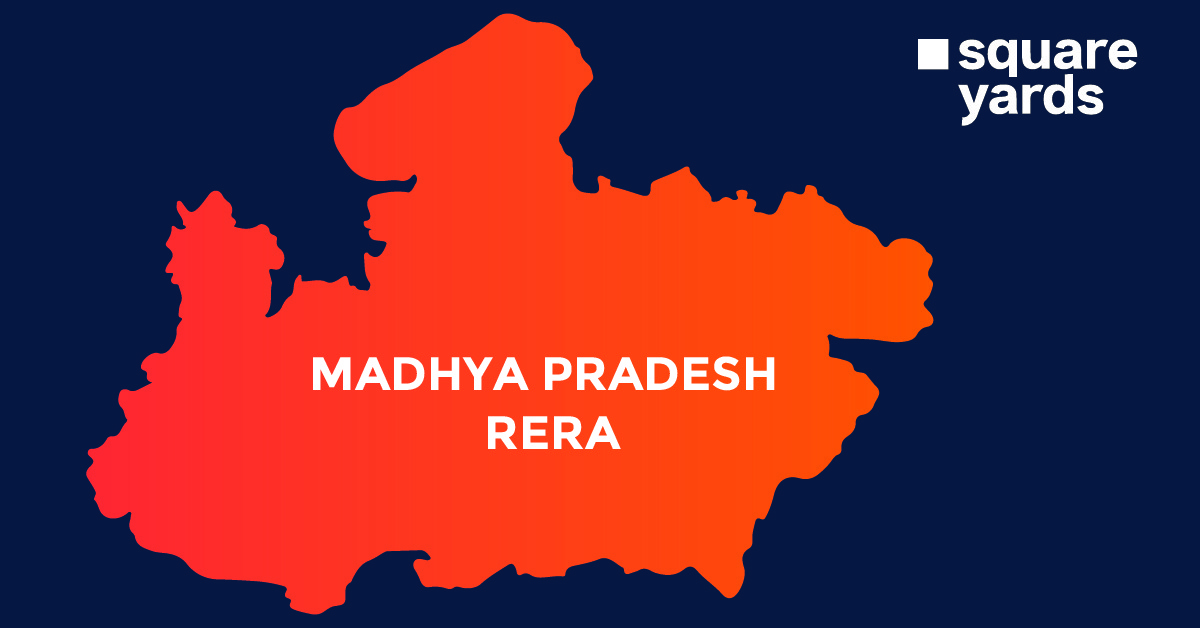Kelvin and Celsius are temperature measurement scales in physical science. Still, they have different applications in different places and conditions. While Kelvin is the most preferred temperature scale for scientists, Celsius is more popular among general people. Hence, you must know how to convert Kelvin to Celsius if the temperature is given in Kelvin.
The blog covers the basic aspects of conversion, including the definition of Kelvin and Celsius, the relationship between them, their history, current uses, differences between Kelvin and Celsius, the conversion formula, and more.
Table of contents
- Kelvin’s Definition
- Celsius Definition
- Relationship between Kelvin and Celsius
- How to Convert Kelvin to Celsius?
- Kelvin to Celsius Conversion Formula
- Common Conversions from Kelvin to Celsius
- Kelvin to Celsius Conversion Chart
- Difference between Kelvin and Celsius
- FAQ’s about Kelvin and Celsius Conversion
Kelvin’s Definition
Kelvin is the primary unit of measuring temperature in physical sciences. Nonetheless, Celsius still dominates this scale and is used to measure temperature in most countries. The Kelvin scale is an absolute thermodynamic temperature scale which implies that the unit employs absolute zero as its null point. It is denoted by K.
The unit was formulated by shifting the initial point of the Celsius scale down from the melting point of water to absolute zero. Its increment still very much resembles the ancient definition of a degree celsius.
The Kelvin scale is an absolute thermodynamic temperature scale, which means that the unit uses absolute zero as its null point. It is represented by K. The unit was created by shifting the initial point of the Celsius scale down from the water’s melting point to absolute zero. Its increments still closely resemble the historic definition of a degree Celsius.
The Kelvin scale is defined by fixing the numeral value of the Boltzmann Constant K to 1.380649×10−23 J⋅K−1. 0 K is regarded as an absolute zero, and pure water boils to 373.15 K and freezes precisely to 273.15 K at standard atmospheric pressure.
Kelvin’s Origin / History
British physicist William Lord Kelvin invented the Kelvin scale in 1848. He cultivated the concept of absolute temperature, today known as the “Second Law of Thermodynamics”, and created the dynamical theory of heat.
Scientists have used Kelvin as the preferred scale of measurement since 1954. It was when the General Conference on Weights and Measures (CGPM) adopted the Kelvin (K) as the base unit for thermodynamic temperature and made decisions about the measurement standards.
The CGPM designated 273.15 K as a reference point for the triple point of water. Water exists as a solid, liquid, and gas simultaneously at this reference point in thermal equilibrium.
Current Use of Kelvin
The Kelvin scale is mainly used to measure the extremes of temperatures- hot and cold. It is the most preferred scale by physicists and other scientists who need to measure precise temperatures.
Kelvin is the only measurement unit and scale that comprises the temperature for “absolute zero,” the complete absence of heat energy. Moreover, Kelvin is also used to define Celsius and Fahrenheit.
Celsius Definition
Celsius is a unit of temperature on the Celsius scale, based on 100° for the water’s boiling point and 0° for the water’s freezing point. The Celsius scale is a scale of temperature that is originally known as the Centigrade scale. The symbol °C (degree Celsius) refers to a certain temperature on the Celsius scale, or we can say it’s a unit that indicates a range or difference between two temperatures.
It is sometimes referred to as the Centigrade scale because of the interval of 100-degree between the specified points.
The absolute zero, which is the lowest temperature possible, is defined as strictly –273.15 °C. The water’s triple point temperature was expressed as precisely 273.16 K (0.01 °C). This implies that a temperature difference of 1 °C and 1 Kelvin are the same.
Celsius Origin/History
Celsius was named after Andres Celsius (1701-1744), the Swedish astronomer who developed a similar temperature scale in 1742. Before Celsius was named to honour the astronomer in 1948, the unit was known as Centigrade, derived from the Latin ‘Centum’, meaning 100, and ‘Gradus’, meaning steps.
Since 1743, the Celsius scale has been based on 100 °C for the boiling point of water and 0 °C for the freezing point of water at 1 atmospheric pressure. Before 1743, the values were inverted (i.e. the freezing point was 100 degrees and the boiling point was 0 degrees). Jean-Pierre Christin proposed the idea of scale reversal in 1743.
The unit degree Celsius and the Celsius scale were defined by absolute zero and the triple point of water, after an international agreement, between 1954 and 2019. The definition also accurately connected the Celsius scale to the Kelvin, which defines the SI base unit of thermodynamic temperature with K (Kelvin).
Current Use of Celsius
In general, the Celsius scale is used in weather forecasts, to measure the temperature of the human body, and in scientific work everywhere. The scale is employed for the measurement everywhere the metric system of units has been adopted.
Relationship between Kelvin and Celsius
0 Kelvin is the absolute zero, and it is equal to -273.15 °C, whereas 0 °C is equivalent to 273.15 K. On the contrary, 1 °C is 274.15 K while 1 K is 272.15 °C.
Mathematically, the relationship between Kelvin and Celsius can be defined as
0 Kelvin = -273.15 °C
While, 0 °C = 273.15 K
1 Kelvin = -272.15 °C
1 °C = 274.15 K
The relationship between these two scales may appear somewhat strange. For instance, at 0 K and 0 degrees Celsius, there’s just a minus ‘-’ difference, while their values change differently at 1 K and 1 degree Celsius. This distinction could be understood when converting the units using the conversion formula.
How to Convert Kelvin to Celsius?
You can either use Square Yards’ easy-to-use K to Celsius converter or implement the conversion formula. To convert K to C, simply subtract 273.15 from the value of Kelvin. The resulting conversion value would be in degrees Celsius.
For instance, if you want to convert 1 Kelvin to Celsius, subtract 1 from 273.15. Solving the equation, we will get 1 Kelvin is equal to –272.15 degrees Celsius.
Kelvin to Celsius Conversion Formula
Kelvin to Celsius formula can be expressed as follows:
°C = K – 273.15
Where K is the value of Kelvin. To understand the conversion process better, let us solve a few quite common examples.
Common Conversions from Kelvin to Celsius
Given below are a few common conversions from Kelvin to Celsius that you may often come across:
Example 1: Convert 373 Kelvin to Celsius
Sol: Since °C = K – 273.15,
Therefore, 373 K in Celsius = 373 – 273.15 = 99.85.
So, 373 Kelvin = 99.85 °C.
Example 2: Convert 293 K into Celsius
Sol: Following the same process as above, we will get-
°C = 293 – 273.15 =
Hence, 293 K is equal to 19.85 °C.
Example 3: Convert 300 K temperature to Celsius scale
Sol: To convert 300 K into Celsius scale, put the value of K in the conversion formula and solve the equation as below:
300 K in Celsius = 300 – 272.15 = 26.85.
So, 300 K is equal to 26.85 degrees Celsius.
Example 4: Convert 100 Kelvin to Celsius
Sol: Degree Celsius = 100 – 273.15 = 173.15.
Hence, 100 Kelvin is equal to 173.15 degrees Celsius.
Example 5: Convert 0 Kelvin to Celsius
Sol: Degree Celsius = 0 – 273.15
Therefore, 0 Kelvin is equal to – 273.15 degrees Celsius.
Don’t miss It!
| cent to sq yard | cent to sq yard Conversion: Conversion Table, Examples |
| Celsius to Fahrenheit | How to Convert Celsius to Fahrenheit: Formula & Examples |
| Cubic Meter to Liter | How to Convert Cubic Meter to Liter: Formula & Examples |
| Decimal to Sq Feet | How to Convert Decimal to Square Feet: Formula & Examples |
| Millimeter to Inch | How to Convert Millimeter to Inch: Formula & Examples |
| Milligrams to Grams | How to Convert Milligramsto Grams: Formula & Examples |
| Liter to Gallon | How to Convert Liter to Gallon: Formula & Examples |
| Sq CM to Sq M | How to Convert Sq CM to Sq M: Formula & Examples |
Kelvin to Celsius Conversion Chart
| Kelvin (K) | Celsius (°C) |
| 0 K | -273.15 °C |
| 10 K | -263.15 °C |
| 20 K | -253.15 °C |
| 30 K | -243.15 °C |
| 40 K | -233.15 °C |
| 50 K | -223.15 °C |
| 60 K | -213.15 °C |
| 70 K | -203.15 °C |
| 80 K | -193.15 °C |
| 90 K | -183.15 °C |
| 100 K | -173.15 °C |
| 110 K | -163.15 °C |
| 120 K | -153.15 °C |
| 130 K | -143.15 °C |
| 140 K | -133.15 °C |
| 150 K | -123.15 °C |
| 160 K | -113.15 °C |
| 170 K | -103.15 °C |
| 180 K | -93.15 °C |
| 190 K | -83.15 °C |
| 200 K | -73.15 °C |
| 210 K | -63.15 °C |
| 220 K | -53.15 °C |
| 230 K | -43.15 °C |
| 240 K | -33.15 °C |
| 250 K | -23.15 °C |
| 260 K | -13.15 °C |
| 270 K | -3.15 °C |
| 273.15 K | 0 °C |
| 300 K | 26.85 °C |
| 400 K | 126.85 °C |
| 500 K | 226.85 °C |
| 600 K | 326.85 °C |
| 700 K | 426.85 °C |
| 800 K | 526.85 °C |
| 900 K | 626.85 °C |
| 1000 K | 726.85 °C |
Difference between Kelvin and Celsius
Even though both are units of temperature, they vary in values and other terms. The differences between the two have been described below:
| Differentiating Terms | Kelvin | Celsius |
| Definition | Kelvin is the primary unit of measuring temperature in physical sciences. | Celsius is a unit of temperature on the Celsius scale, based on 100° for the water’s boiling point and 0° for the water’s freezing point. |
| Symbol | K | °C |
| Formula | K = °C + 273.15 | °C = K – 273.15 |
| Degree | No | Yes |
| Boiling Point | 373.2 K | 100 °C |
| Freezing Point | 273.2 K | 0 °C |
| Absolute Zero | 0 K | – 273.15 |
| Invented by | William Lord Kelvin | Andres Celsius |
| Applications | Kelvin is used to measure extreme hot and cold. | Celsius is most commonly used in the weather forecasts, to measure the human body’s temperature and more. |
| Applicable in | Mostly in scientific applications | Used worldwide |
FAQ’s about Kelvin and Celsius Conversion
Q1. How do you convert from Kelvin to Celsius?
To convert K to degree Celsius, simply subtract 273.15 from the value of Kelvin given.
Q2. What is the value of 1 Kelvin in Celsius?
1 Kelvin is equal to 272.15 degrees Celsius.
Q3. What is the Celsius to Kelvin formula?
The Celsius to Kelvin formula can be expressed as follows:
°C = K – 273.15, where K is Kelvin.
Q4. Is 1 Kelvin or 1 Celsius bigger?
1 Kelvin equals – 272.15 degrees Celsius, implying that 1 Kelvin is bigger than one Celsius.
































